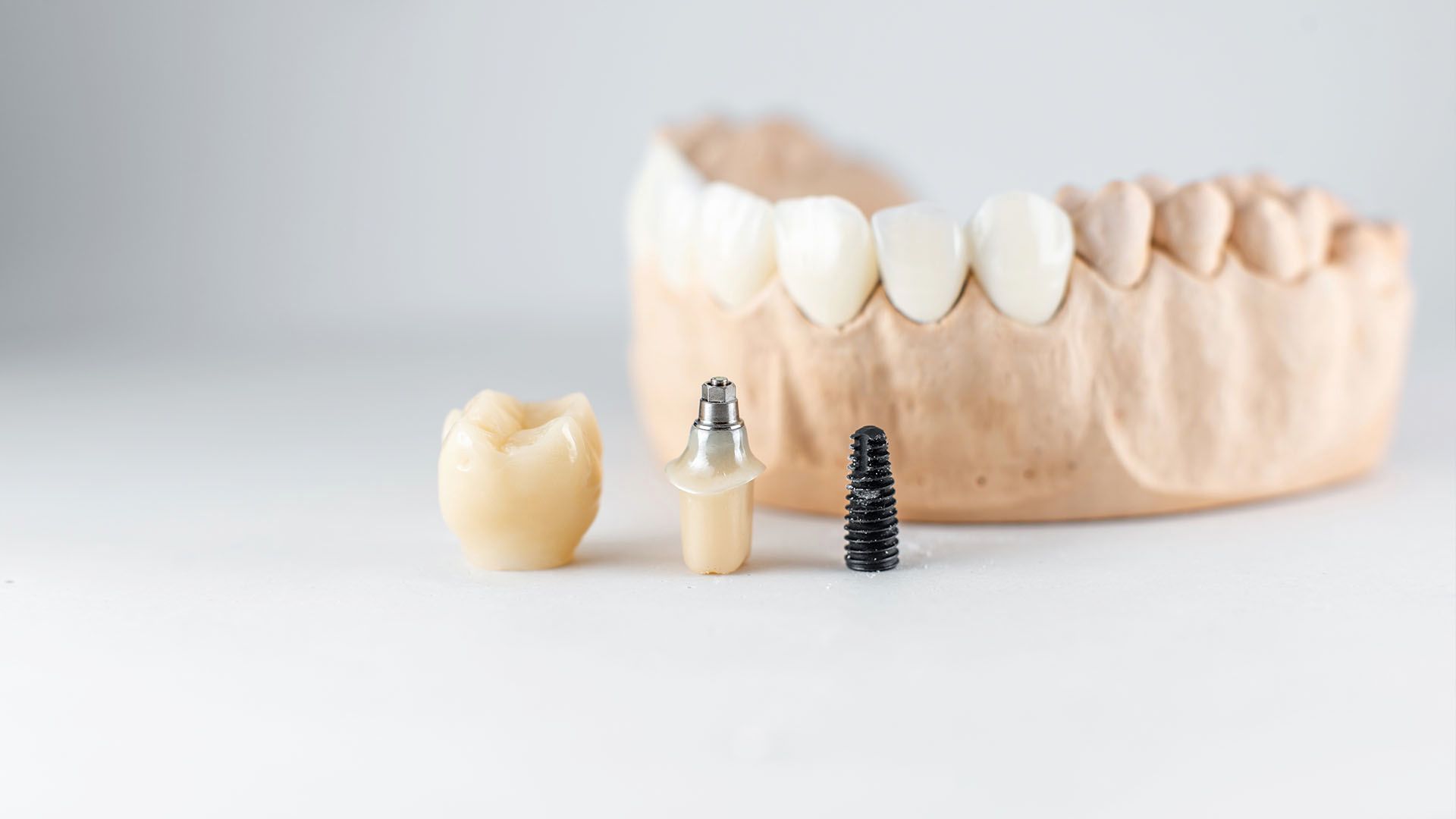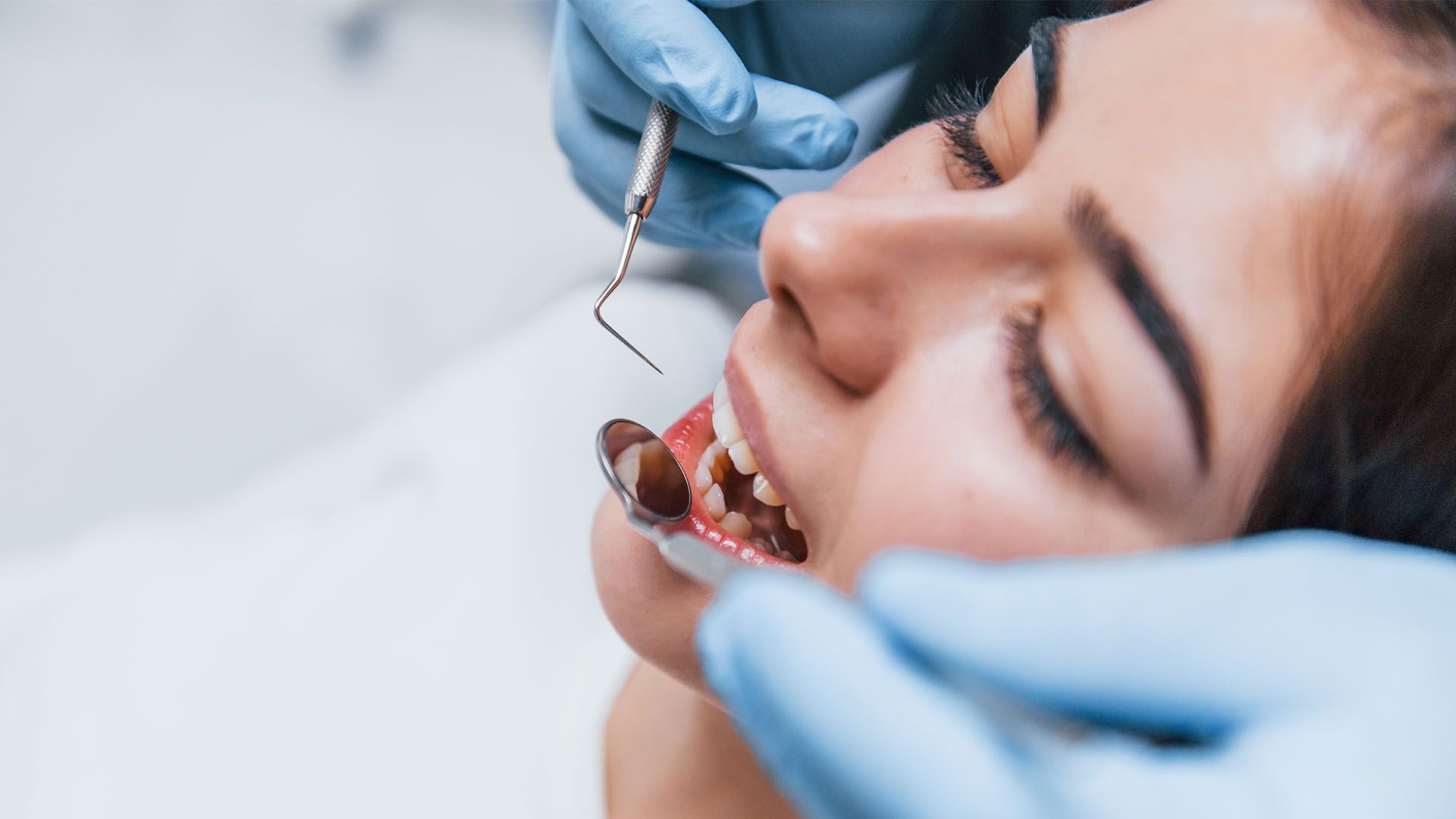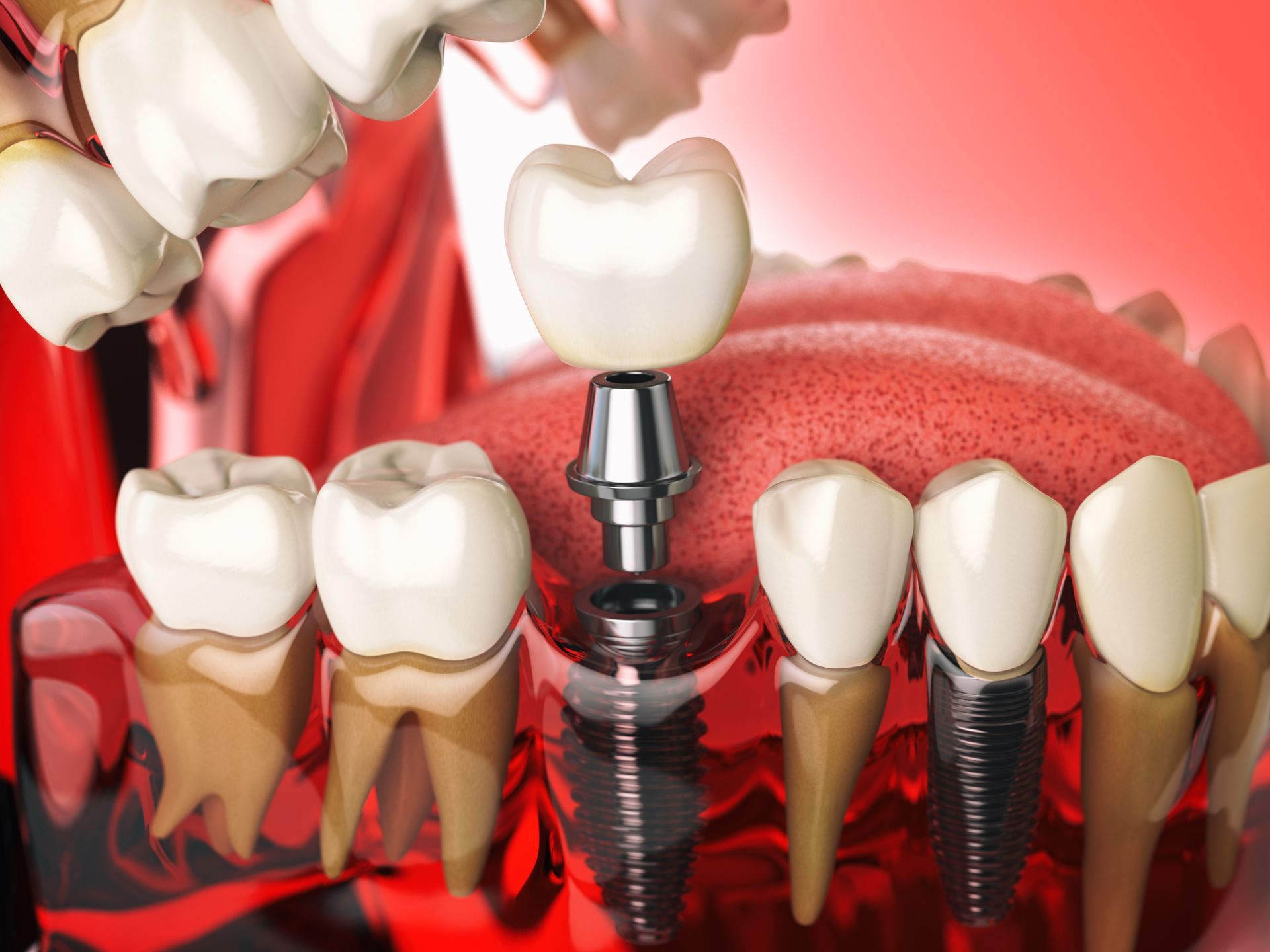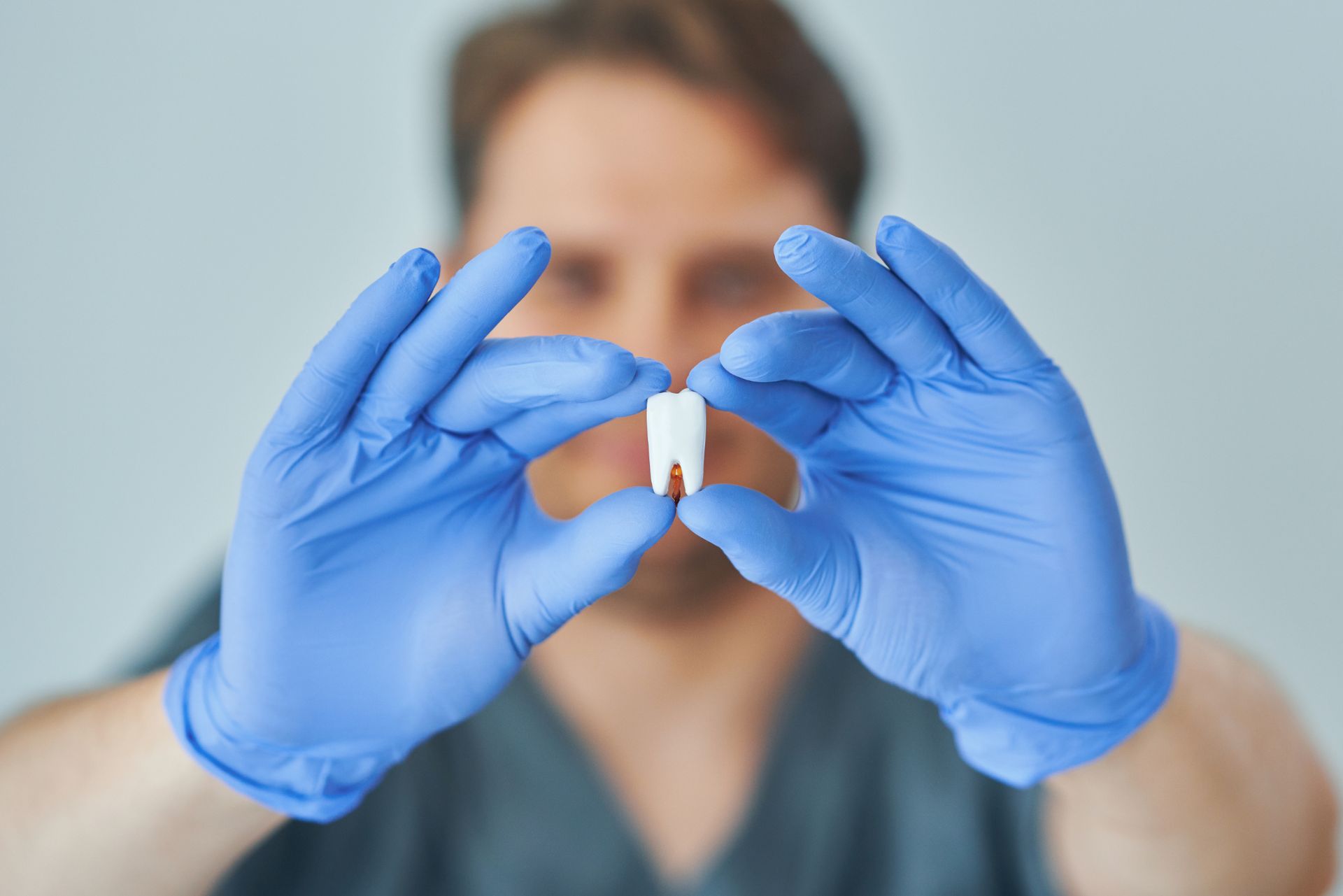Dental Bonding for Gum Recession Explained
Wondering if dental bonding can help with gum recession? This minimally invasive procedure uses composite resin to cover exposed roots, protecting against decay and reducing sensitivity. Here’s what you need to know.
Key Takeaways
- Gum recession is common, especially among older adults, and can lead to severe dental issues if left untreated.
- Dental bonding uses composite resin to shield exposed tooth roots, reduce sensitivity, and improve aesthetics.
- While effective, bonding is not permanent and typically requires replacement every 5–7 years.
Understanding Gum Recession
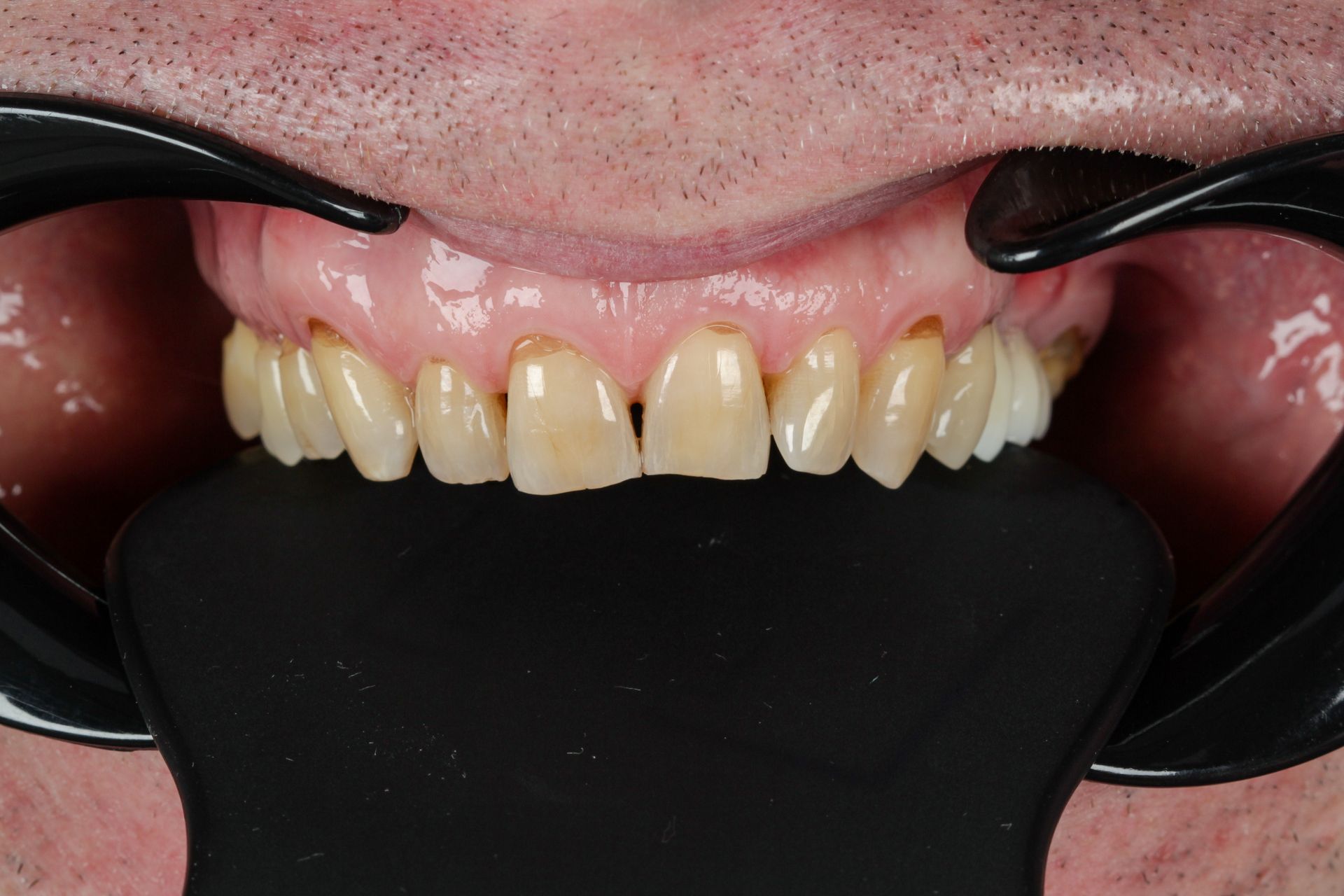
Gum recession occurs when gum tissue pulls back from the teeth, exposing the roots. Plaque buildup, aggressive brushing, and genetics often cause it, especially in people over 65. If untreated, it can lead to decay, sensitivity, and even tooth loss.
Signs include longer-looking teeth, increased sensitivity, and visible root surfaces. Since exposed roots are more vulnerable to decay, early treatment is crucial.
What Is Dental Bonding?
Dental bonding involves applying a tooth-colored composite resin to the affected teeth. The dentist shapes the resin to match your tooth and uses UV light to harden it so it looks natural.
This treatment helps protect your teeth and makes them look better, while also reducing sensitivity from exposed roots.
How Dental Bonding Helps
Dental bonding treats gum recession in three key ways:
- Protects Roots – Covers exposed areas with resin, reducing risk of decay.
- Reduces Sensitivity – Creates a barrier against temperature extremes and sweet foods.
- Enhances Aesthetics – Improves the look of your smile by evening out gumlines.
Most suitable candidates are those with mild to moderate gum recession and no active gum disease.
The Dental Bonding Procedure
The procedure is quick and painless:
- The dentist selects a composite shade that matches your teeth.
- The dentist roughens the tooth surface and applies a conditioning liquid to help the resin stick.
- The dentist places the resin, then shapes and smooths it to match your natural tooth.
- The dentist hardens the resin with UV light and polishes it for a natural-looking finish.
Each tooth takes about 30–60 minutes to complete.
Benefits of Dental Bonding for Gum Recession
Dental bonding is a popular treatment for several reasons:
- Cost-effective – More affordable than alternatives like gum grafting.
- The dentist - Performs the procedure without drilling or using anesthesia.
- Quick recovery – No downtime, with immediate results.
- Improved appearance – Visibly enhances your smile by concealing exposed roots.
It’s an excellent option for those seeking immediate relief and cosmetic enhancement without surgery.
Limitations of Dental Bonding
Despite its advantages, bonding has some limitations:
- Not permanent – Typically lasts 5–7 years before needing replacement.
- Less durable than enamel – May chip or wear down over time.
- Stains easily – Prone to discoloration from coffee, wine, or smoking.
Luckily, repairs are simple and cost-effective if needed.
Alternatives to Dental Bonding
Other treatments include:
- Gum Grafting – Involves transplanting tissue to cover exposed roots. Natural-looking results, but more invasive and costly ($800–$2,000 per area).
- Pinhole Surgical Technique – A scalpel-free method to reposition gum tissue. Less invasive with faster recovery, but not ideal for severe cases.
Each option has pros and cons, so consulting a dentist is key to finding the right treatment.
Who Is a Candidate?
Dental bonding is best for patients with mild to moderate gum recession and good oral health. Dentists don’t recommend it for people with active periodontal disease—they must treat the disease first.
A dental exam will help determine if bonding is appropriate based on gum health, sensitivity, and aesthetic goals.
Aftercare and Maintenance
To prolong the life of your dental bonding:
- Brush twice daily with a soft-bristle toothbrush.
- Use fluoride toothpaste to prevent decay.
- Floss daily to keep gums healthy.
- Avoid staining foods and drinks, or rinse afterward.
Maintaining excellent oral hygiene is essential to keeping both your bonded teeth and your natural smile in great shape.
Cost of Dental Bonding
Dental bonding costs about $100 to $400 per tooth, depending on the dentist and how tricky the treatment is. Insurance might cover some costs if the dentist does bonding to fix a dental issue, not just for looks.
Conclusion
Dental bonding is an affordable, minimally invasive solution for treating gum recession. It protects exposed roots, reduces sensitivity, and enhances your smile. It’s not a permanent fix, but it works well for the short to medium term, especially compared to more complex treatments.
With proper care, dental bonding can help maintain your oral health and boost your confidence. Talk to your dentist to see if it’s the right option for you.


